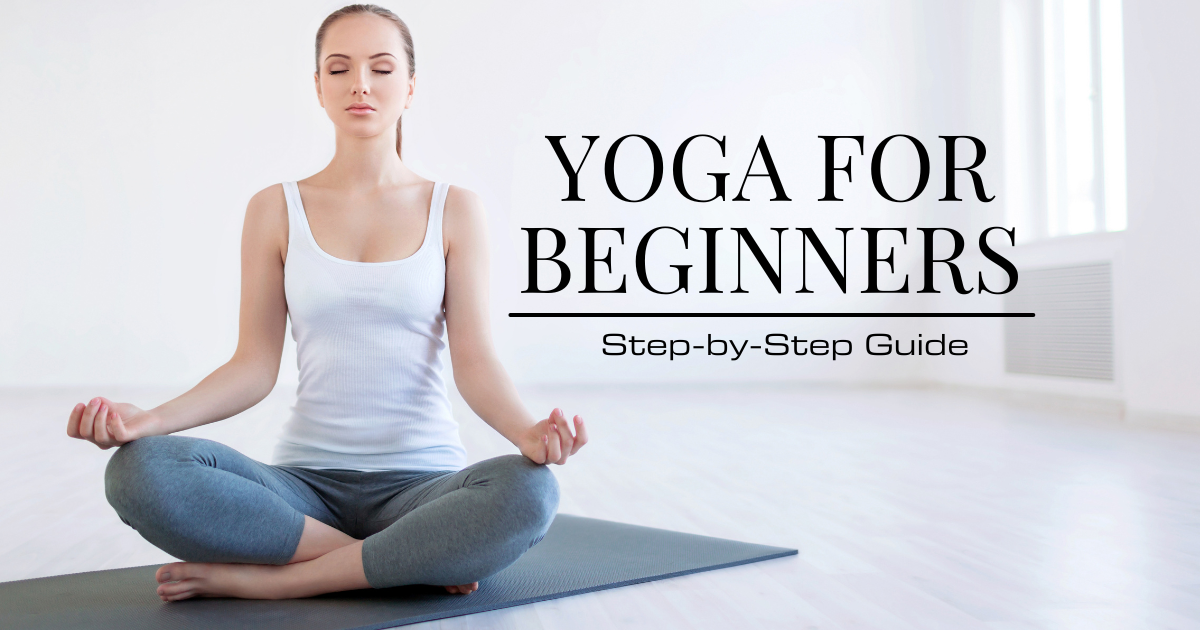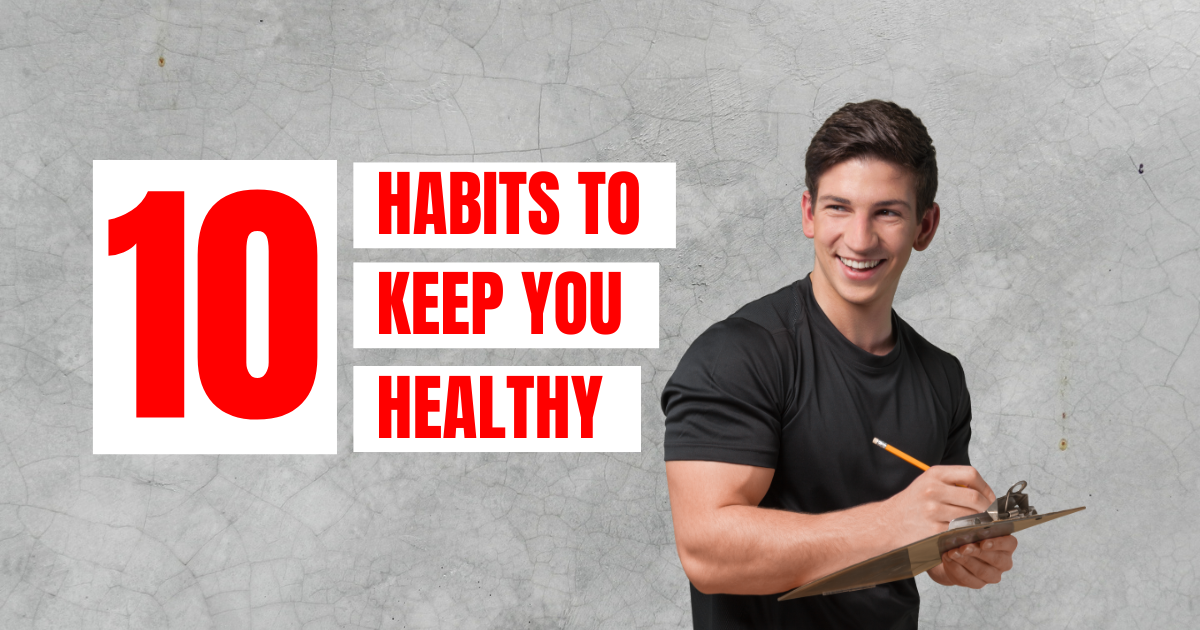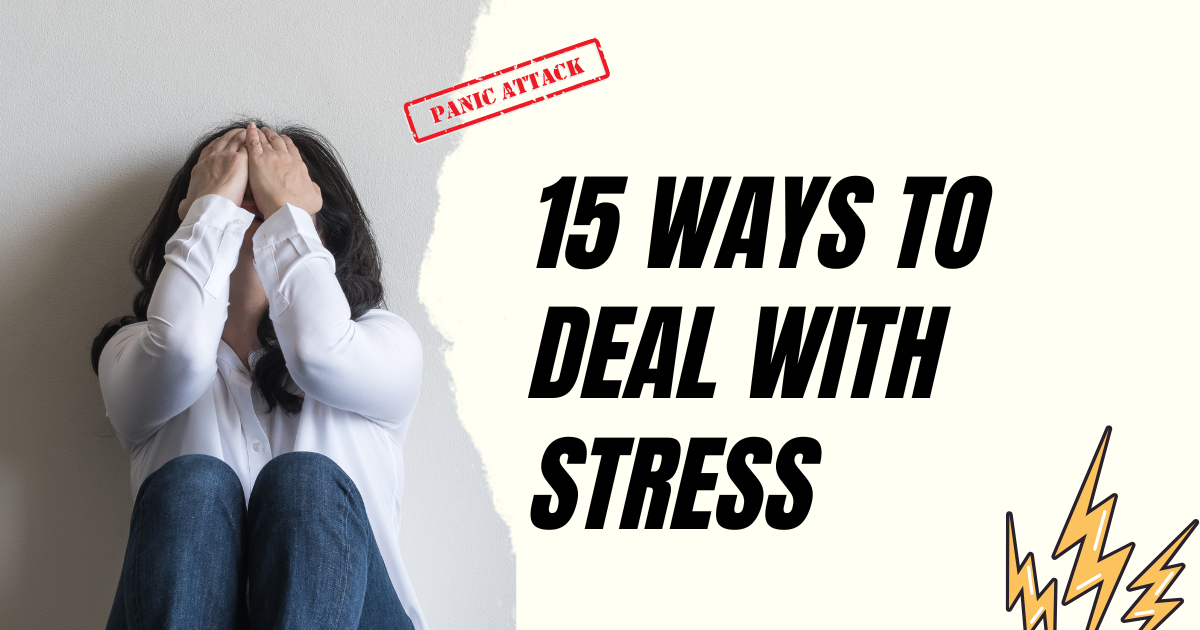Introduction
Practicing Yoga for well-being and relaxation Yoga is an ancient practice involving physical postures, breathing exercises, and meditation for improving overall well-being. If you are excited to add new flexibility, decrease stress, or strengthen up—yoga is an excellent jumpstart to your fitness journey. In this guide, we will take you through all you need to know as a beginner.
1. What is Yoga?
Yoga is over 5,000 years old and originated in India; it has since turned into many styles practiced across the globe. Yoga is not just exercise; it is a complete physical and mental health system. If you’re new to yoga, Hatha Yoga is perfect for you, as it puts emphasis on basic postures and breathing. Vinyasa Yoga, on the other hand, is more dynamic, with free movement between poses. Ashtanga Yoga is very structured and physically demanding. Yin Yoga, on the contrary, is a slow-paced style of yoga and deep stretching.
Types of Yoga
- Hatha Yoga – Suitable for novices, emphasizes simple poses and breathing.
- Vinyasa Yoga – A meditative flow of poses, great for those who love to move.
- Ashtanga Yoga – More structured and physically demanding.
- Yin Yoga – A slow-paced style with an emphasis on holding postures.
2. Preparing for Your First Yoga Session
Setting up for your yoga practice is the first step before you roll out the mat. A yoga mat keeps you and the floor comfortable while preventing slipping, and comfortable clothes allow you to move freely. Select a quiet area with fewer distractions for improved concentration. Maintain proper hydration the days leading up to your session, as well as after your session, this is key for overall health.
Before you get started with Yoga practice, you need the right setup:
- Yoga Mat: Provides support and prevents slipping.
- Comfortable Clothing: Wear breathable, flexible attire.
- Quiet Space: Find a peaceful place with few distractions.
- Hydration: Have water before and after your session.
3. Basic Yoga Poses for Beginners
- Mountain Pose (Tadasana): Feet together, arms by your side. Make a connection with SCAN (both Parts 1 and 11) and decisive, grounded breathing.
- Downward Dog (Adho Mukha Svanasana): Begin on the tabletop and raise your hips up overhead. Try to keep your heels reaching toward the ground and hold.
- Child’s Pose (Balasana): Sit on your heels, extend your arms out in front of you, and lay your forehead on the mat. This pose aids relaxation and stretches the spine.
- Warrior I (Virabhadrasana I): Step one foot forward into a lunge with the back leg straight. Lift your arms toward the sky and maintain the position.
4. Breathing Techniques in Yoga (Pranayama)
Breath is the very foundation of yoga. Deep belly breathing are components of diaphragmatic breathing, which is a practice that encourages relaxation and helps alleviate stress. Another fundamental tool is alternate nostril breathing, beneficial for balancing the nervous system and enhancing focus. Breath control is essential to maximize the potential of yoga poses and elevate vitality.
5. Creating a Simple Yoga Routine
Start with a single short & simple sequence in order to lay the foundation for a sustainable yoga practice. WARM UPBegin with 5 minutes of warming up, incorporating some light stretching and breathing work. Then do a 10-minute yoga flow that includes core poses like Child’s Pose, Downward Dog, and Warrior I. Finish with 5 minutes of lying in Savasana, breathing.
6. Common Mistakes Beginners Should Avoid
- Overstretching: Do not try to do more than you can.
- Holding Breath: Make sure you are always breathing steady and controlled.
- Skipping Warm-up or Cool-down: Prepares the body and prevents injury.
7. Tips for Staying Consistent with Yoga
Schedule your yoga practice For something that you do regularly, you need to set a time for it. You can stay motivated by following guided online classes or joining a local yoga studio. This will motivate you on your path of yoga — tracking your progress and celebrating small wins.
Conclusion
So, it is something that it becomes to enjoy when you have done it enough, and being a beginner in yoga can really seem horrible, but that is a part of the journey; as I said, you have to have a charismatic approach towards it to make it seem not boring and really you have to also ensure that you as a beginner in yoga does it consistently to reach success in yoga. So engage with the process, heed the signals from your body, and enjoy all the benefits yoga can present.
FAQs
1. How often should a beginner do yoga?
2-3 sessions per week is a good place to start, and you can always up the frequency of sessions as you become more comfortable.
2. Do I need to be flexible to do yoga?
No, flexibility improves with practice. Yoga is for all body types and skill levels.
3. What is the best time of day to practice yoga?
Yoga in the morning energizes you, and Yoga in the evening brings relaxation. Pick a time that works with your routine.
4. Can I do yoga at home without a teacher?
Yes! A lot of novices begin with videos on the internet. But going to a class can hone techniques.
5. What should I wear for yoga?
Dress comfortably, sporty, and in breathable clothing so you can move freely.
6. How long should my first yoga session be?
Begin with 10-15 minutes, and then increase the time as you are able.
7. Can yoga help with weight loss?
Yes! Active styles like Vinyasa and Power Yoga can aid in weight loss.
8. Is it okay to eat before yoga?
Don’t eat heavy meals approximately 1-2 hours before practice. It is okay to have a light snack, such as fruit, if you need one.





